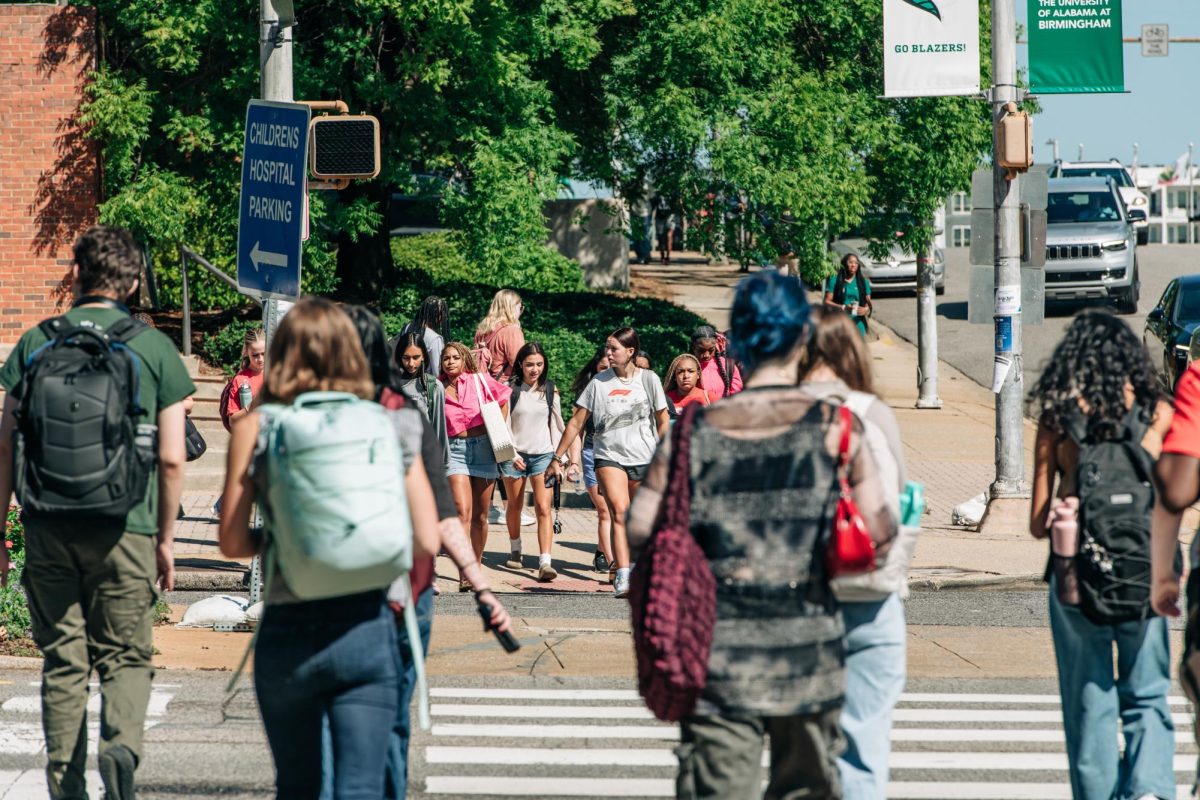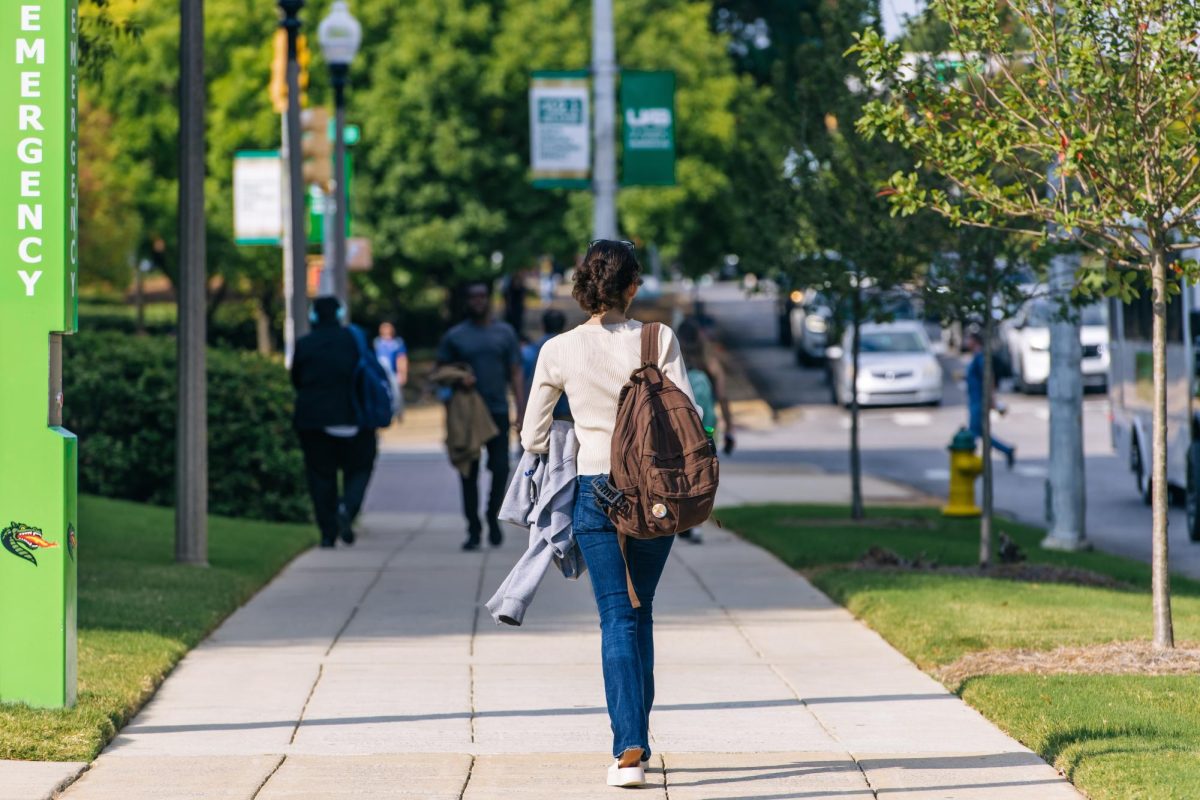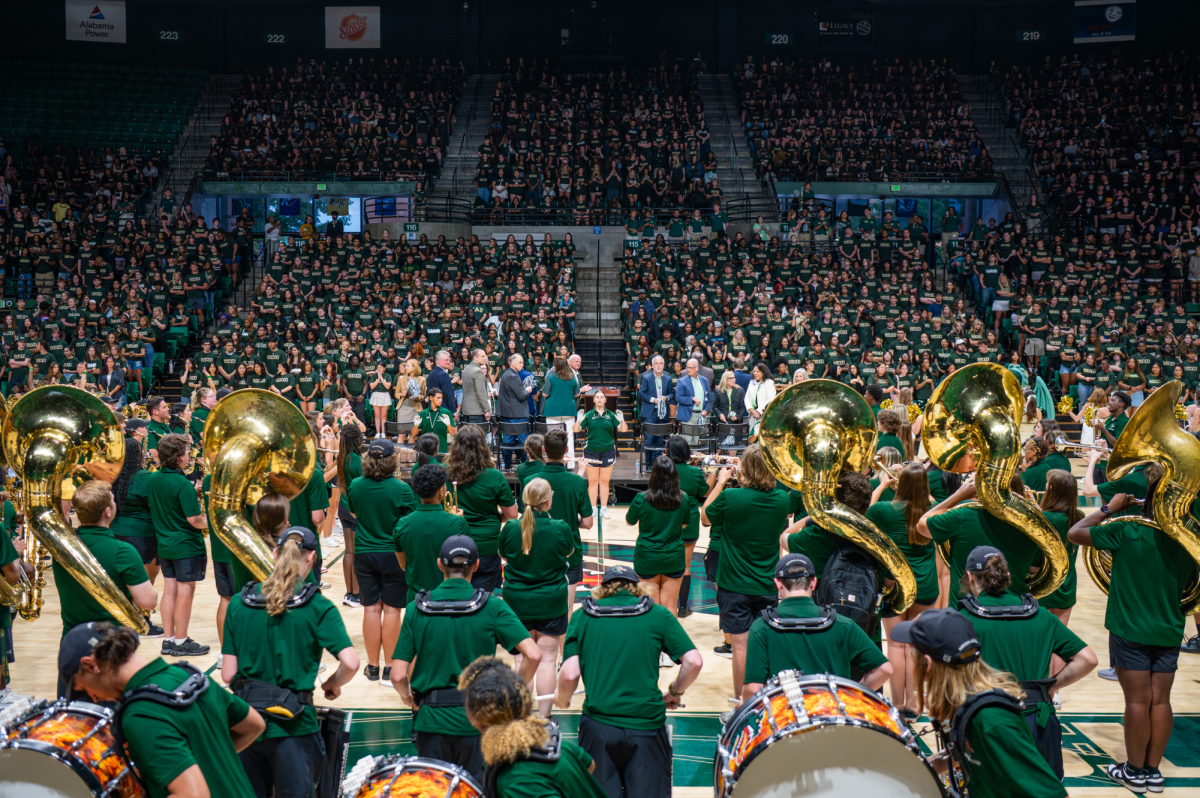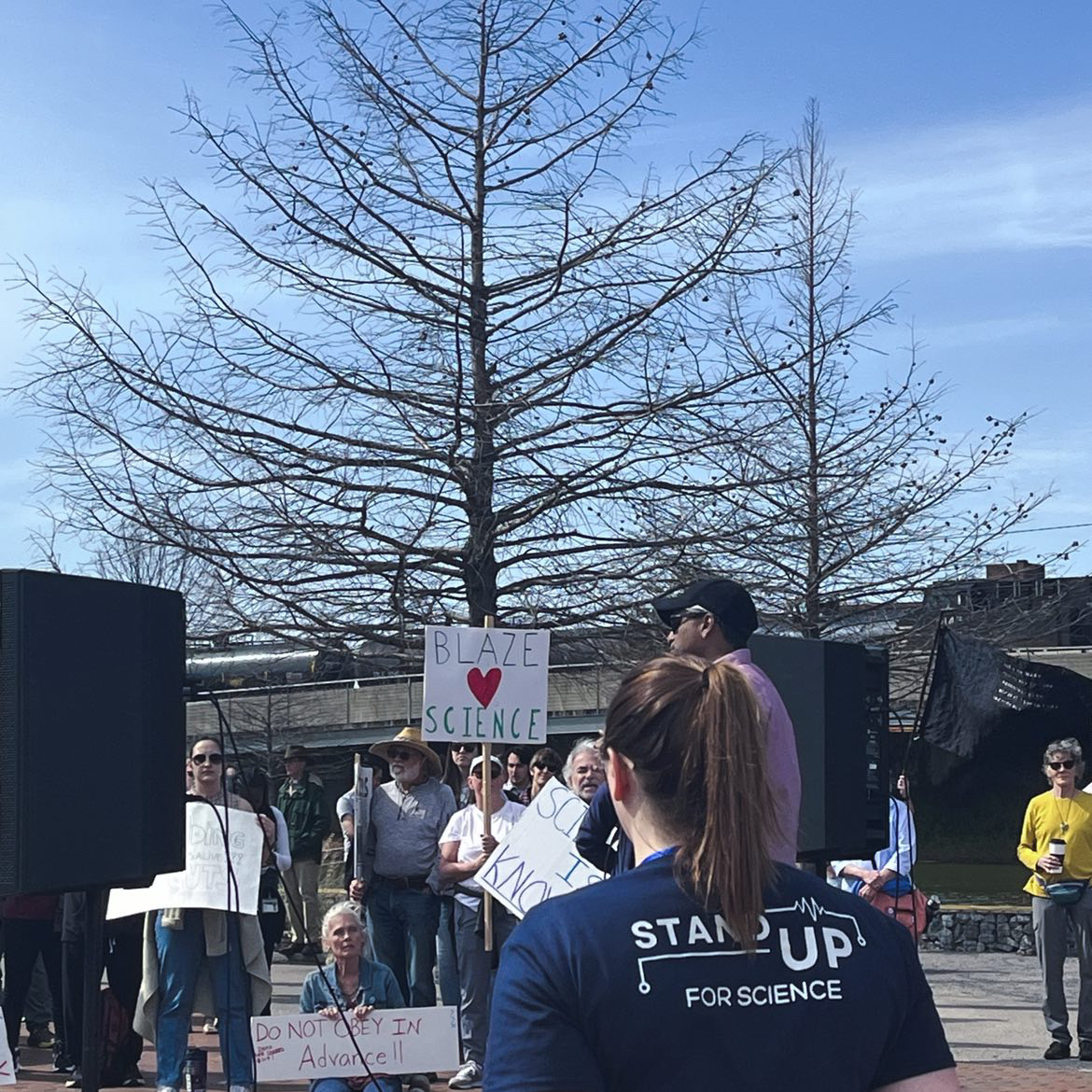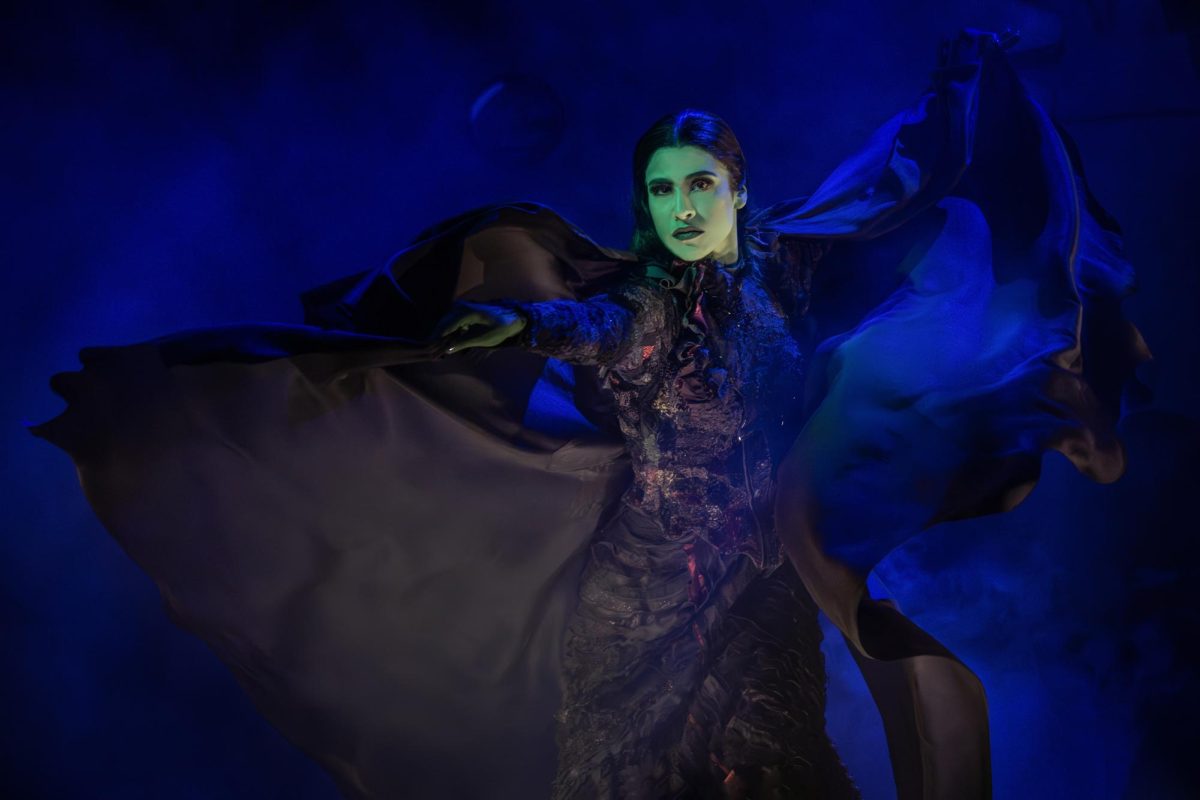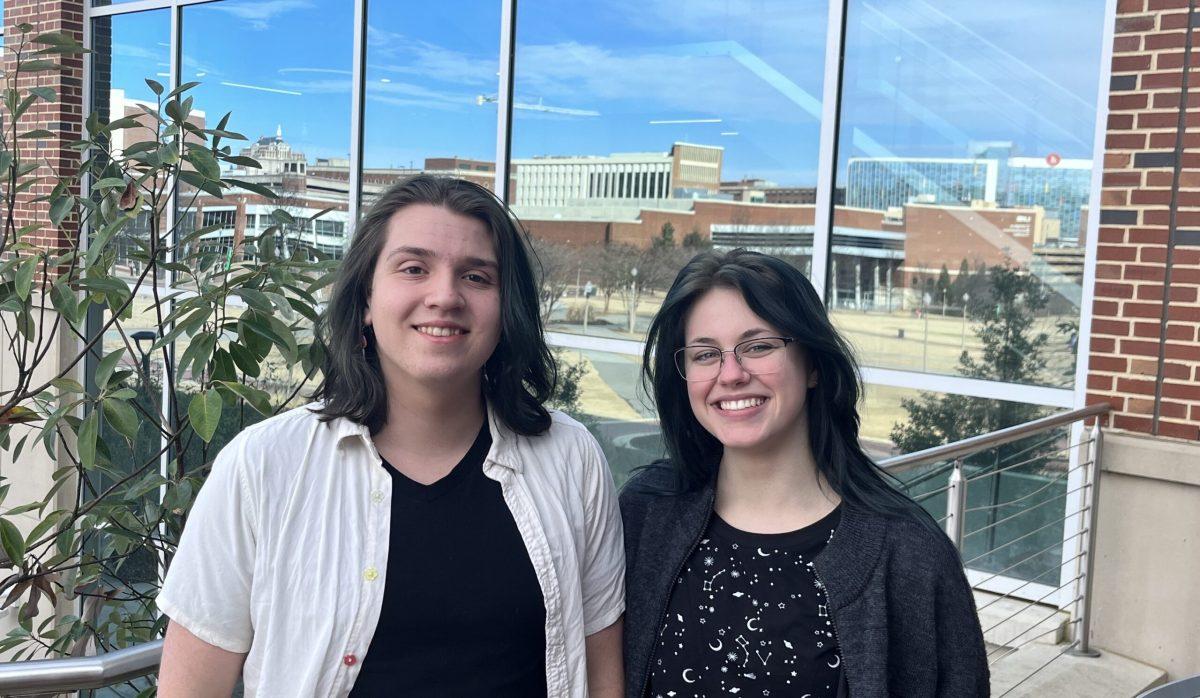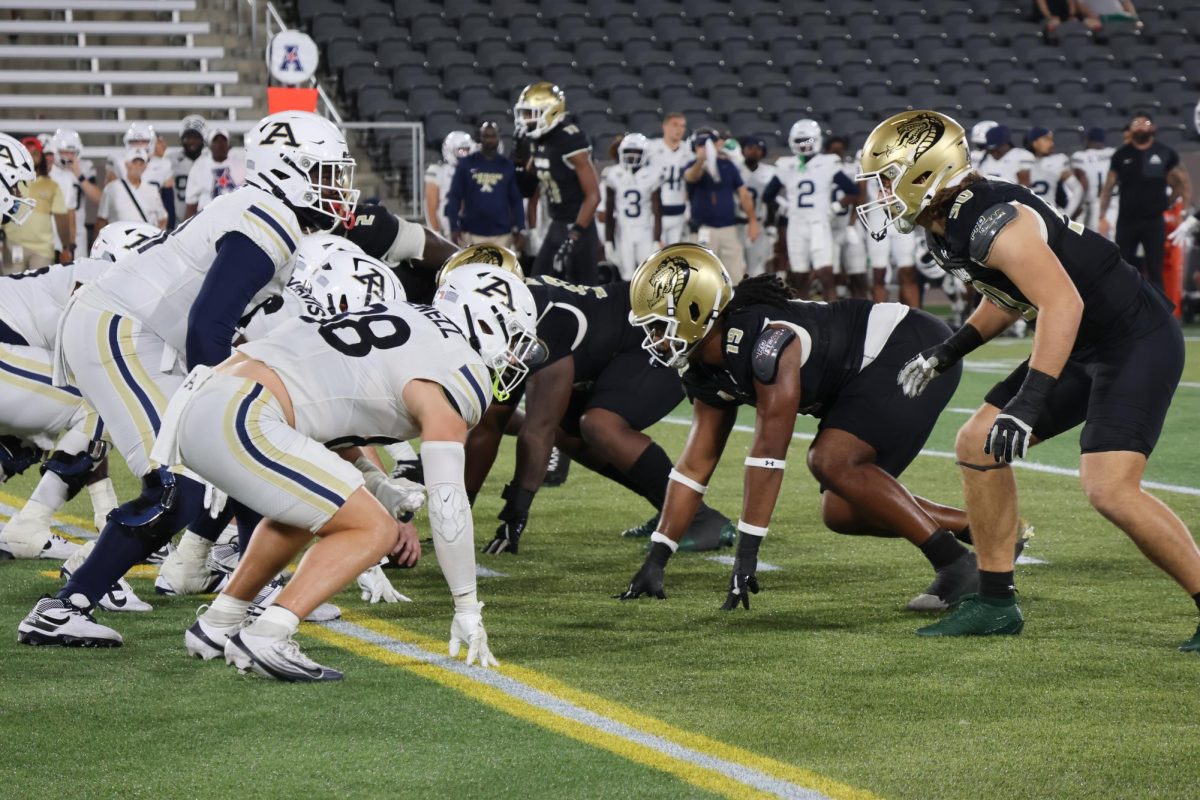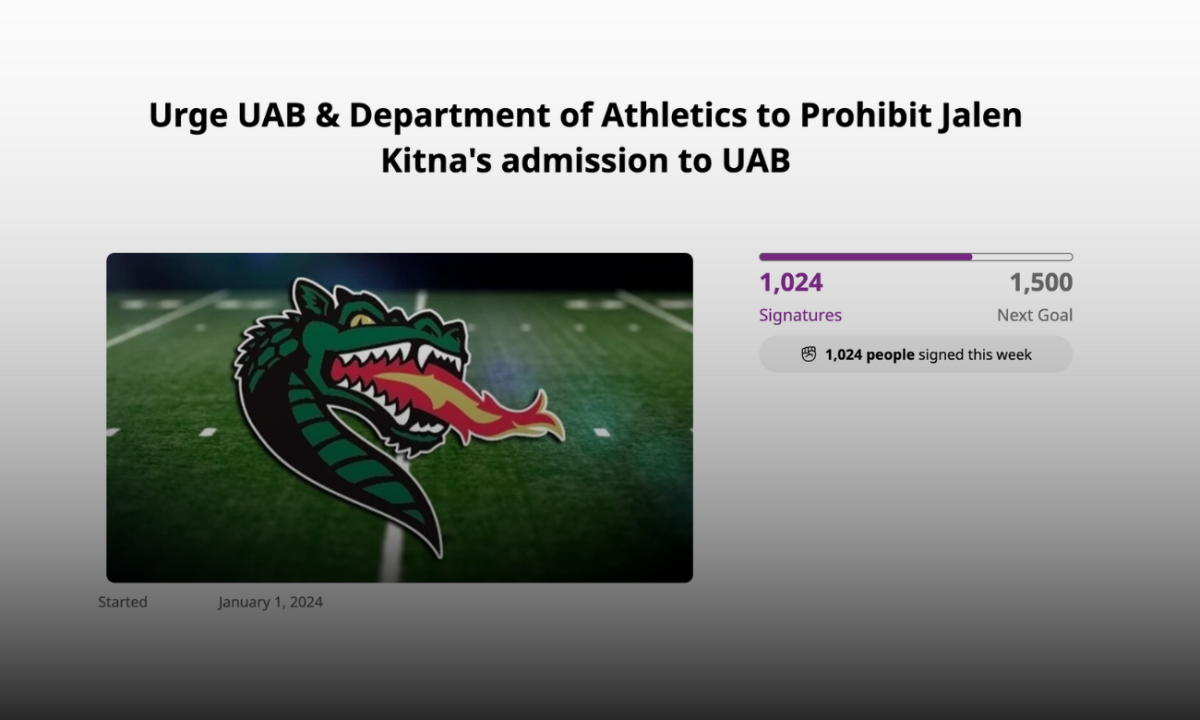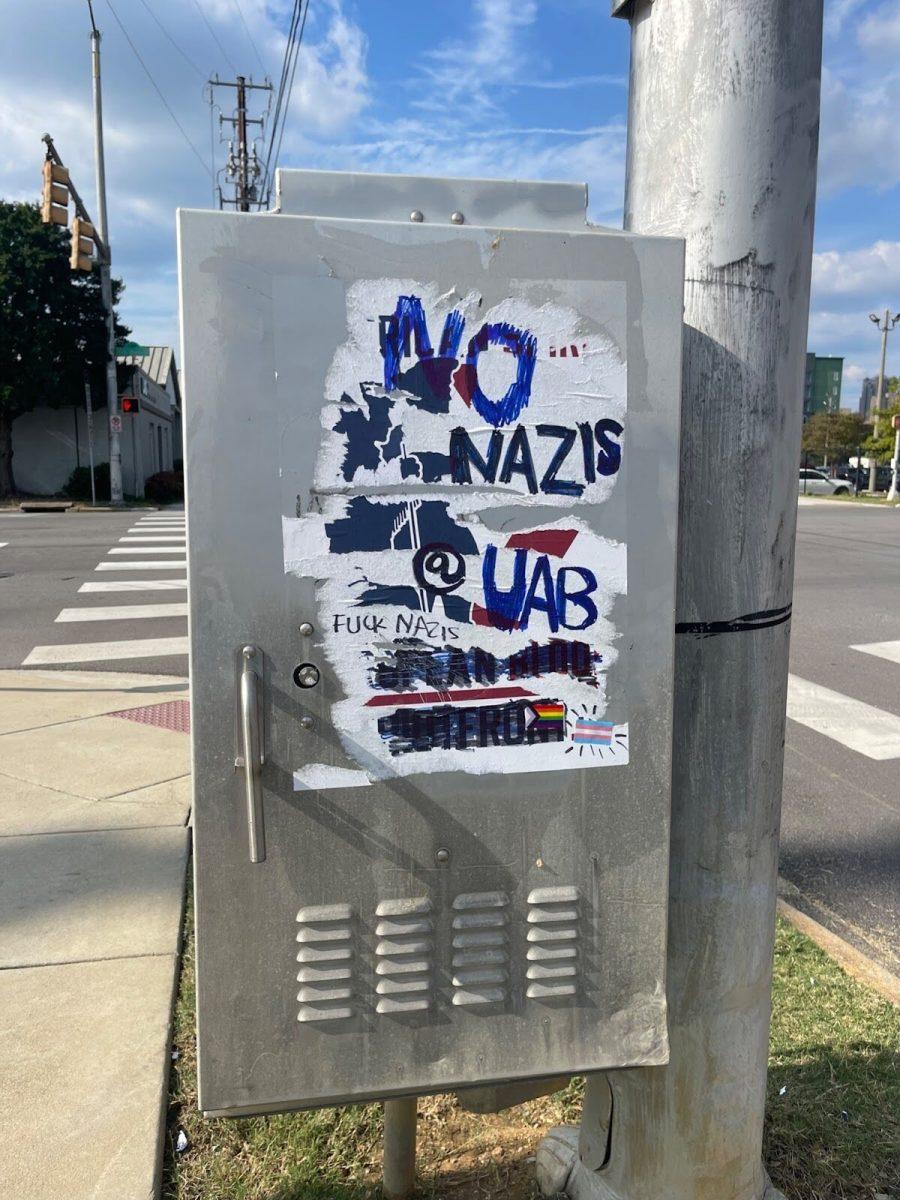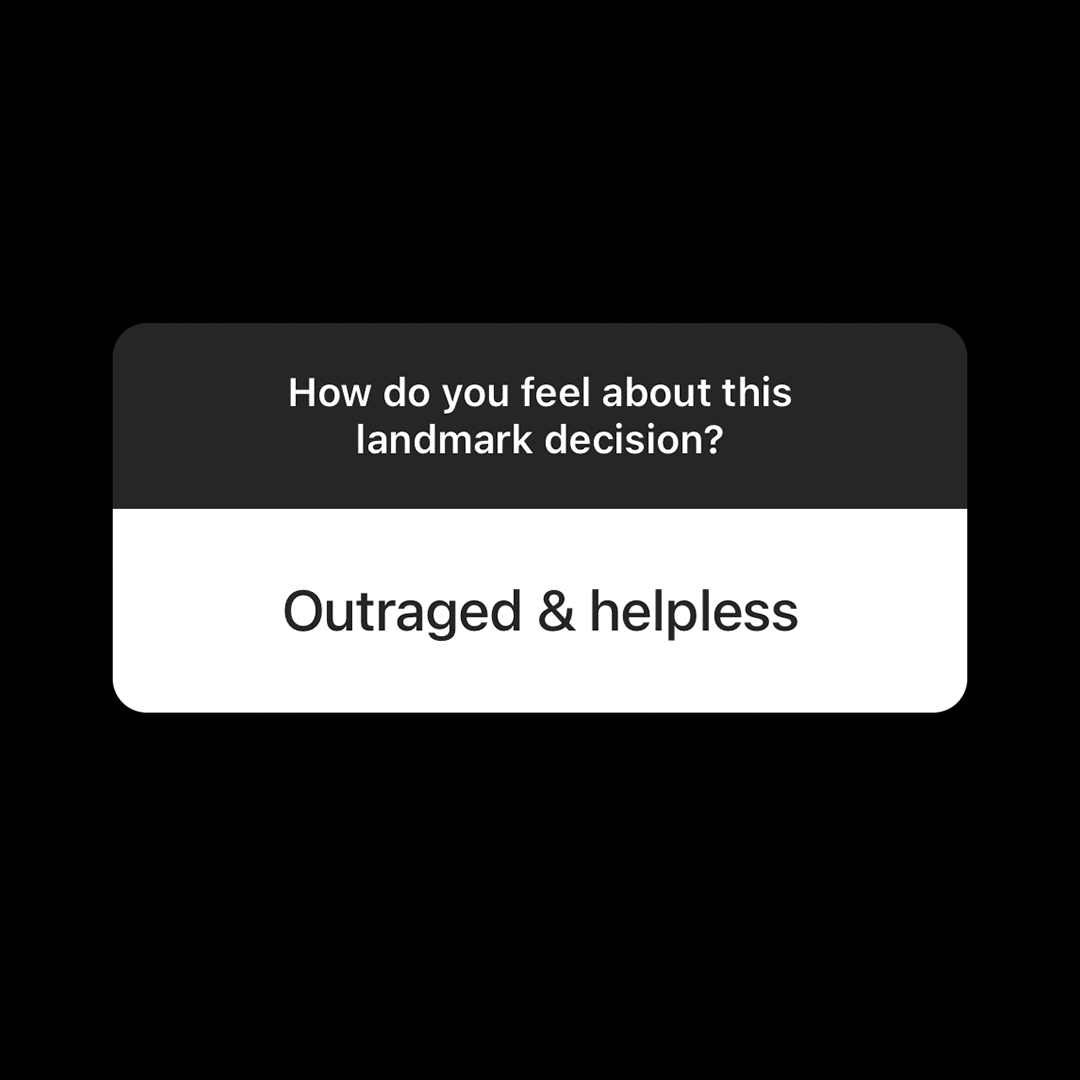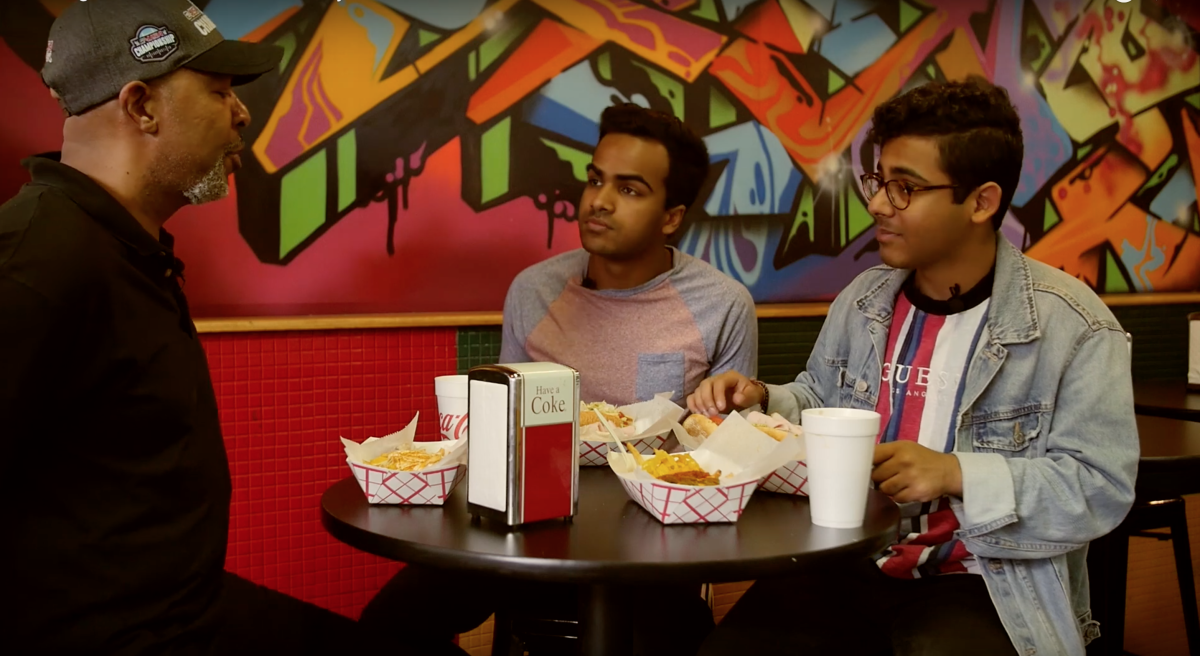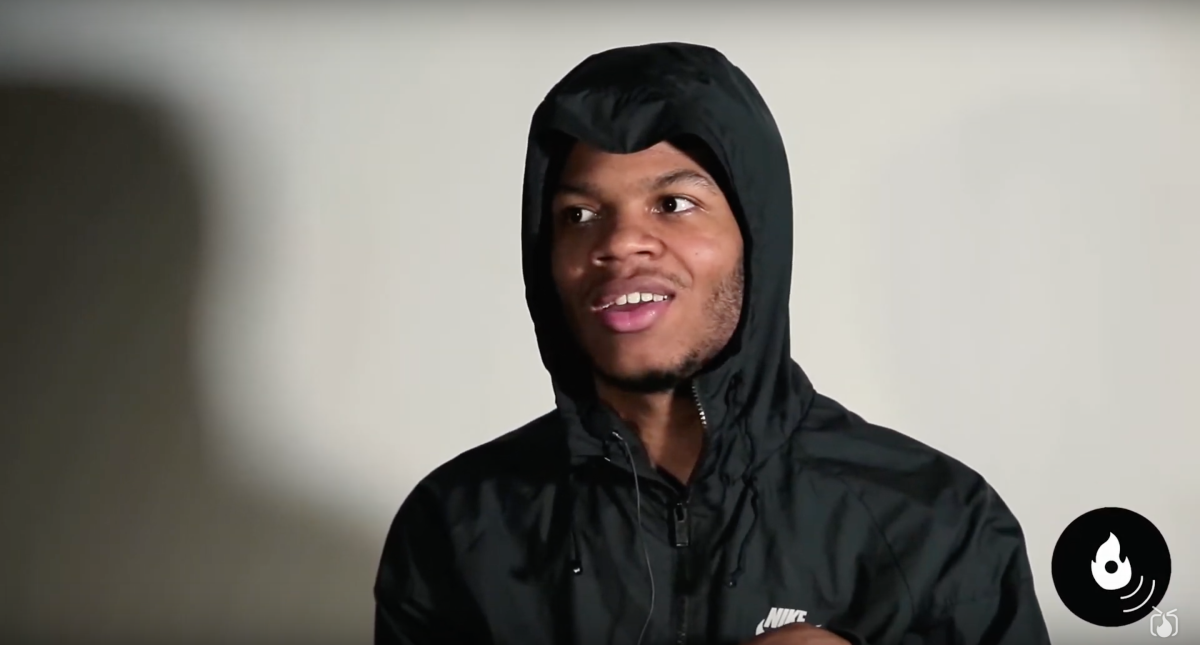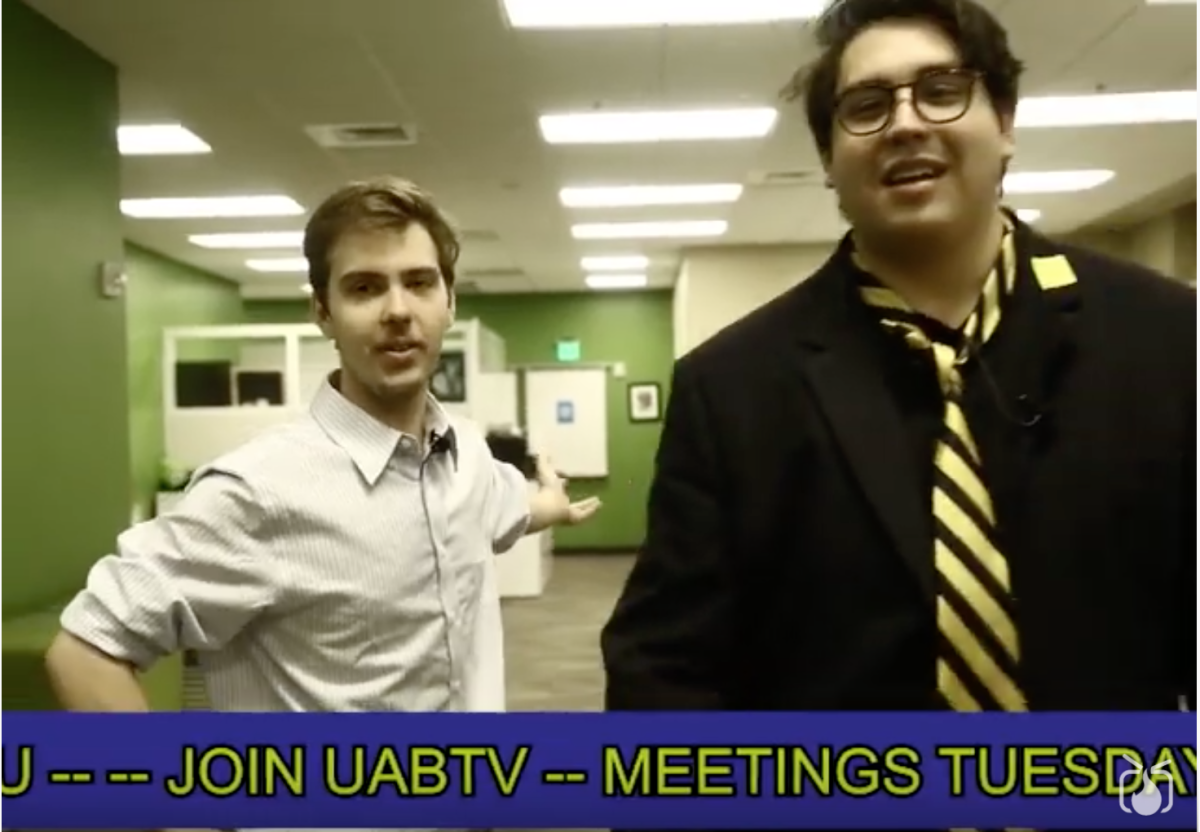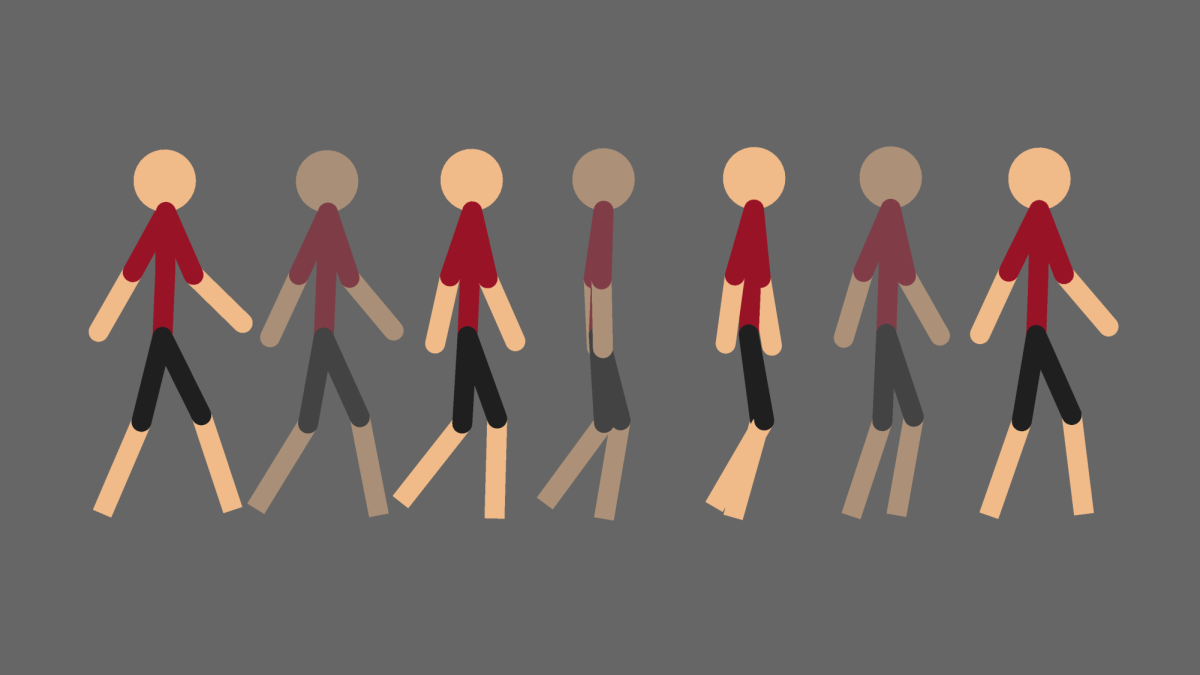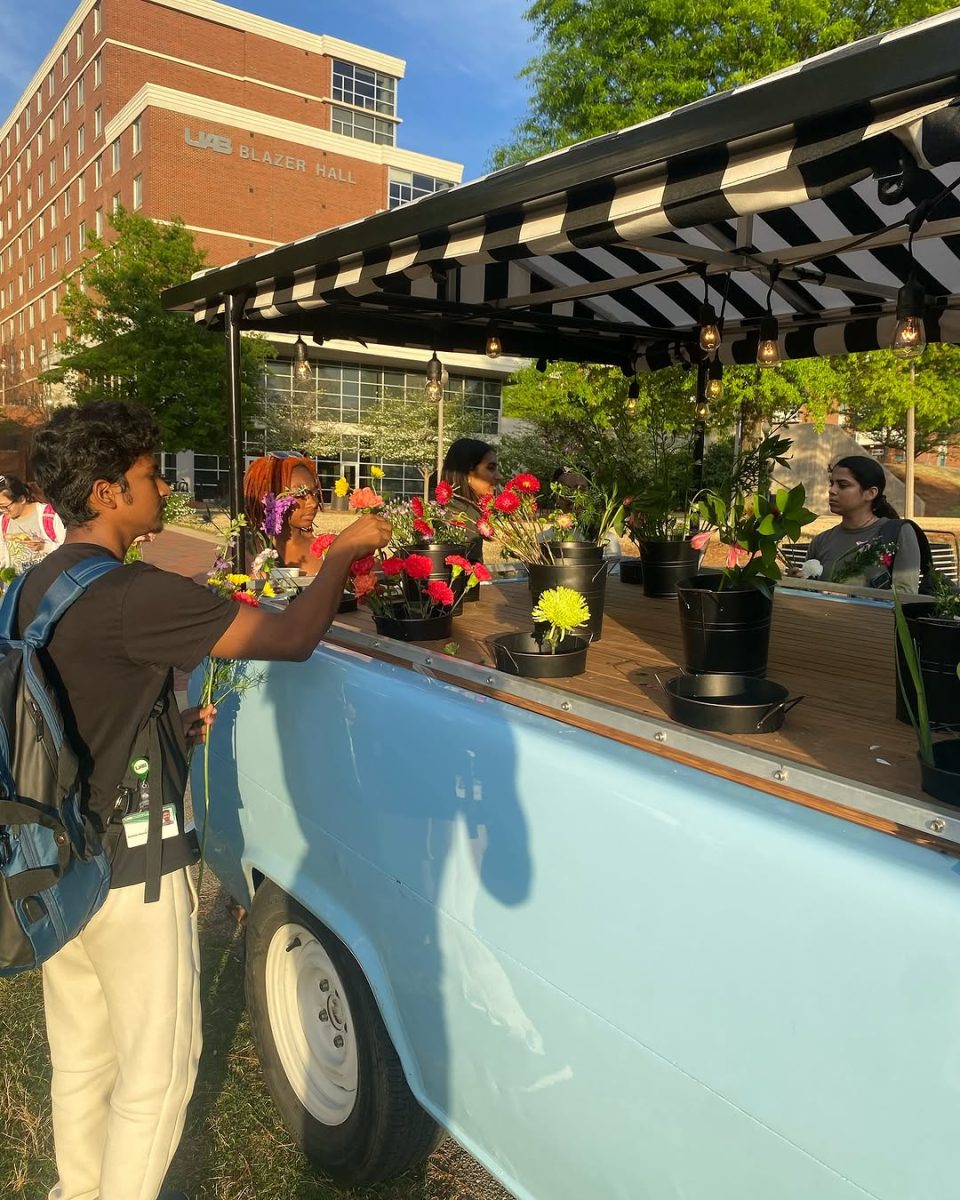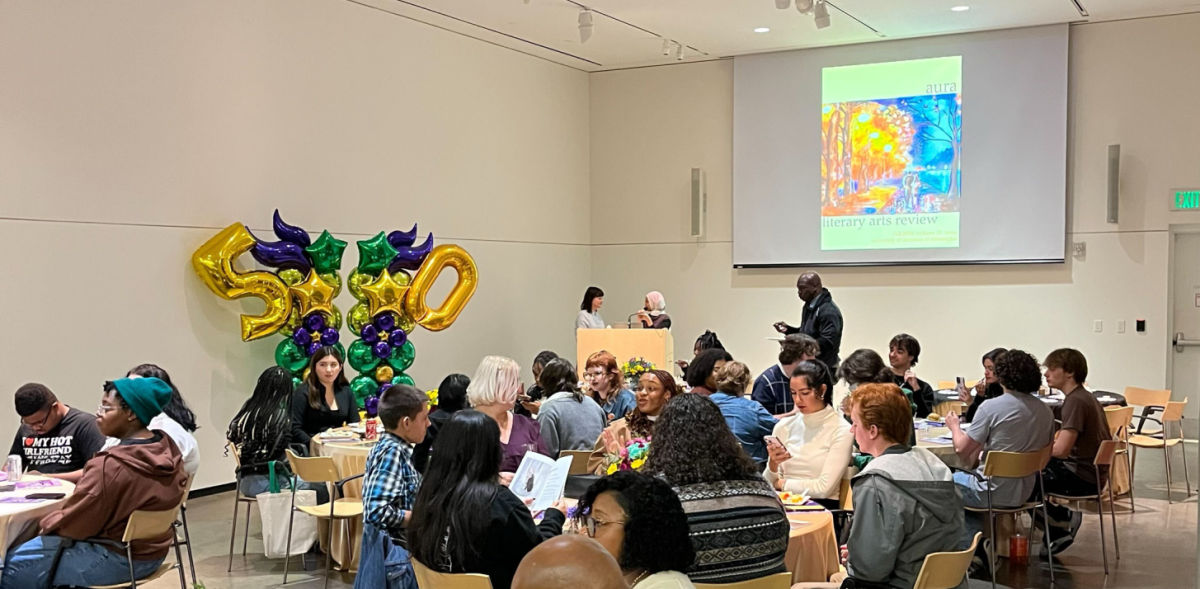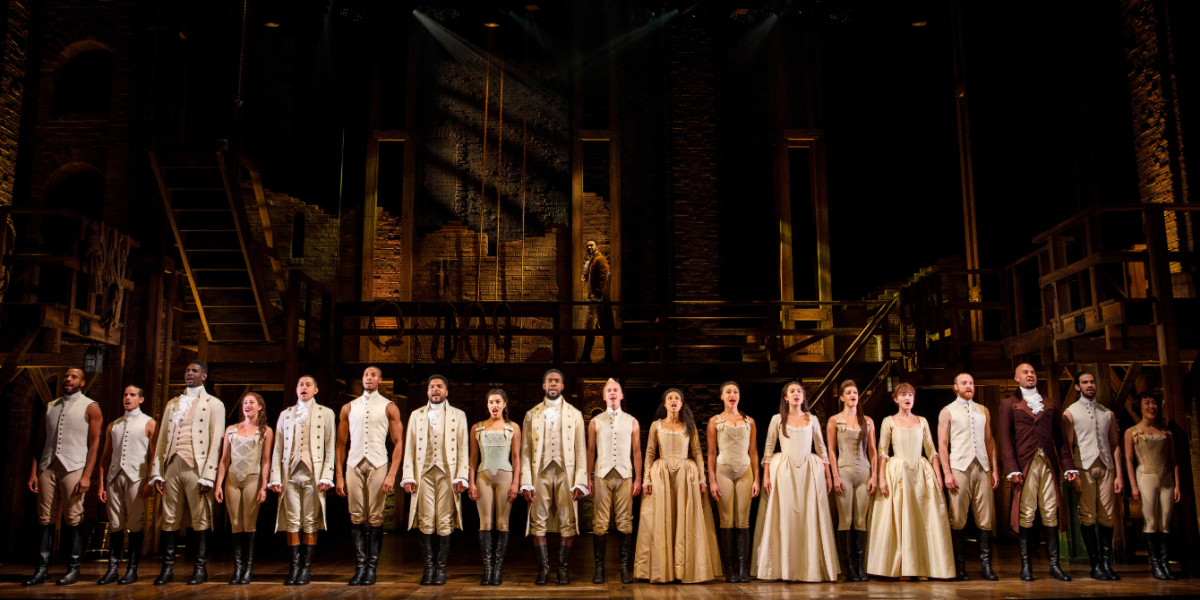Casey Marley – Editor-in-Chief
[email protected]
On Oct. 26, the Decatur schoolteacher, Heath Morrow, who went to a Halloween party as Kanye West—in blackface—apologized to the community and the Internet about his viral Facebook photo deemed racist by many.
The fifth grade teacher, in his apology letter obtained by AL.com, wrote that he exercised an “error in judgment” and that his “intentions were not malicious or directed toward any group of people.”
Coinciding with this viral Alabama news, UAB’s African American Psychology Student Association presented the movie “Dear White People” followed by a panel to discuss its portrayal of modern racism in young people, on Tuesday, Oct. 27.
The 2014 independent film, directed by Justin Simien, focuses on the lives of four black college students at the fictitious Ivy League “Winchester University.” Weaving together these four storylines, the movie’s conflicts culminate at a “blackface Halloween party” thrown by the insensitive campus humor magazine, which sparks national outrage by the end of the movie. Through its plotline, the film seeks to point out millennial racism and address topics like microaggressions, the complexities of interracial dating and white privilege.
The AAPSA hosted a panel after the film to talk about the topics presented in the movie. The panelists included Kayla Gladney, Jeremy Mock, Reuben Clay and Nina Morgan, students from social science programs at UAB. African-American studies professor, DeReef Jamison, Ph.D. facilitated the discussions leading with the question: “Did you like the movie?”
The answer? An almost unanimous no.
“It doesn’t challenge white viewers to challenge their own racism because they’ll think ‘I’m not that bad,’” Reuben Clay, a senior, said.
“I followed the ‘Dear White People Movement’ before [the movie]…I thought that [the movie] would be a more accurate portrayal of black college life,” Kayla Gladney said to the packed Campbell Hall classroom.
This conversation led into Dr. Jamison’s next question: did the movie play into perceived performances of acting black and white?
While the panel noted multiple racial stereotypes, Clay responded that one of the end scenes, where one of the leads accepts her biracial identity, did send a positive message to racial perceptions.
“Being yourself is the hopeful goal to escape white supremacist society,” Clay said.
When Dr. Jamison asked the audience if they liked the movie, only two members raised their hands, citing the film’s humor on why they enjoyed it.
The diverse panel continued their in-depth discussion on the film’s portrayal of race relations, specifically on how “spotlight anxiety,” being the “other” in a homogenous group, is seen in life at UAB.
“Of course I do. I feel that even when I get something to eat. I haven’t had a bad experience [at UAB], but I feel those anxieties,” Nina Morgan, an anthropology student, said.
Students interested in listening to more discussions like this should consider joining the AAPSA, a relatively new organization on campus.
“We just started out this spring…the organization is about black African-American [studies] majors and minors and psychology majors and minors coming together and talking about black concepts and black theories,” Indigo Williams, AAPSA’s president, said. “We also deal with mental health and the mental health stigma that is in the black community. [The association is] also about coming together and interacting…just having people you know you can talk to.”
According to Williams, the association plans to meet again this semester. For more information, search for the African American Psychology Student Association on BSync.
